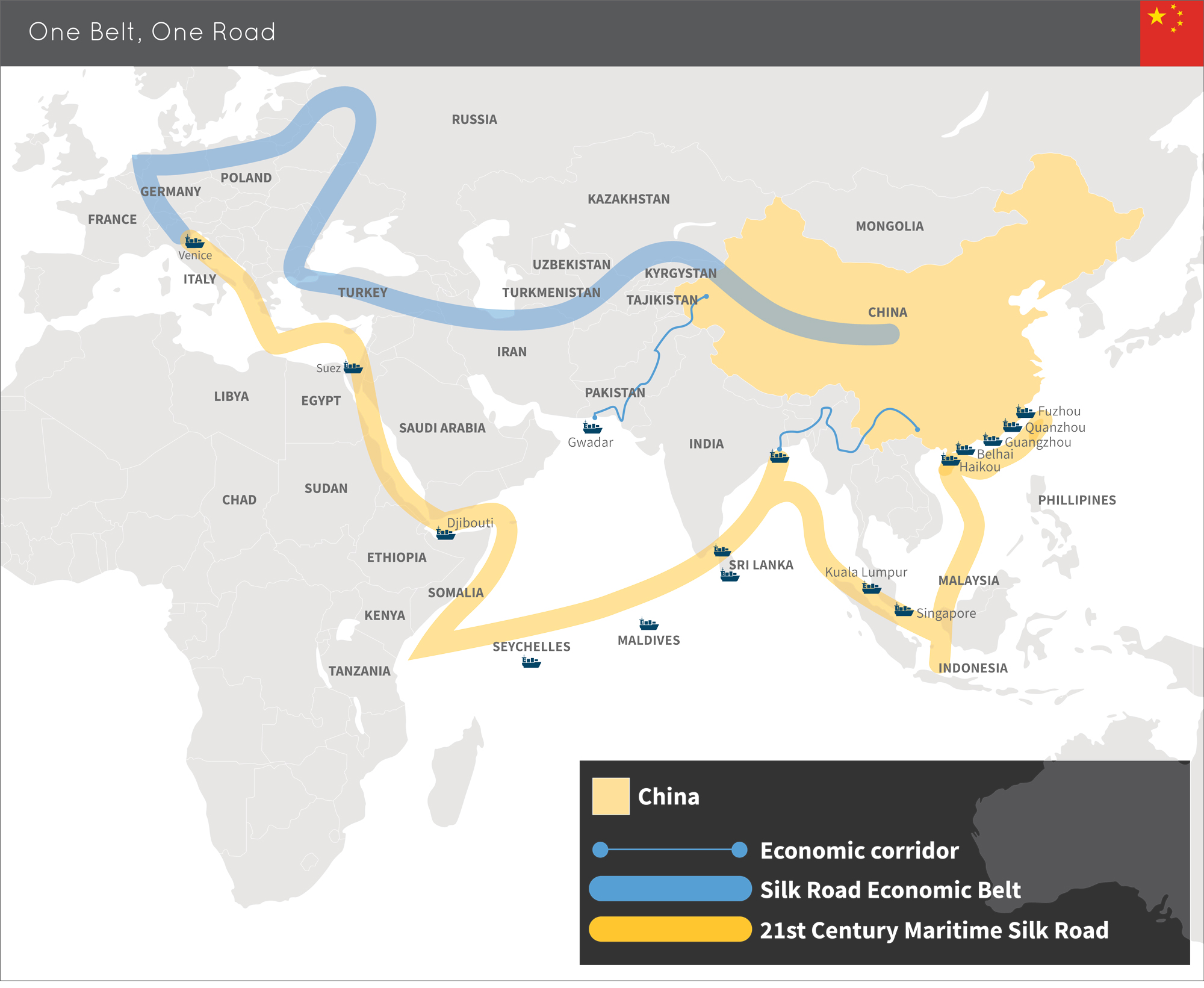 by Peter Chai, Lowy Institute for International Policy, Australia, March 2017
by Peter Chai, Lowy Institute for International Policy, Australia, March 2017
KEY FINDINGS
- There are strategic drivers behind China’s Belt and Road Initiative, but it is also motivated by the country’s pressing domestic economic challenges.
- The combination of strategic and economic drivers is not always easy to reconcile. In some cases, China’s strategic objectives make it difficult to sell the economic aspects of the initiative to China’s neighbours.
- The Chinese Government is keen to use the initiative to achieve important economic policy objectives, but some Chinese financiers and policymakers are cautious about funding risky Belt and Road projects outside of China, fearing poor return on their investments.
EXECUTIVE SUMMARY
China’s Belt and Road Initiative (also known as One Belt, One Road (OBOR)) is one of President Xi’s most ambitious foreign and economic policies. It aims to strengthen Beijing’s economic leadership through a vast program of infrastructure building throughout China’s neighbouring regions. Many foreign policy analysts view this initiative largely through a geopolitical lens, seeing it as Beijing’s attempt to gain political leverage over its neighbours. There is no doubt that is part of Beijing’s strategic calculation. However, this Analysis argues that some of the key drivers behind OBOR are largely motivated by China’s pressing economic concerns.
One of the overriding objectives of OBOR is to address China’s deepening regional disparity as the country’s economy modernises. Beijing hopes its transnational infrastructure building program will spur growth in China’s underdeveloped hinterland and rustbelt. The initiative will have a heavy domestic focus. The Chinese Government also wants to use OBOR as a platform to address the country’s chronic excess capacity. It is more about migrating surplus factories than dumping excess products. One of the least understood aspects of OBOR is Beijing’s desire to use this initiative to export China’s technological and engineering standards. Chinese policymakers see it as crucial to upgrading the country’s industry.
INTRODUCTION
At the end of 2013 Chinese President Xi Jinping announced one of China’s most ambitious foreign policy and economic initiatives. He called for the building of a Silk Road Economic Belt and a 21st Century Maritime Silk Road, collectively referred to as One Belt, One Road (OBOR) but which has also come to be known as the Belt and Road Initiative. Xi’s vision is an ambitious program of infrastructure building to connect China’s less-developed border regions with neighbouring countries. OBOR is arguably one of the largest development plans in modern history.
On land, Beijing aims to connect the country’s underdeveloped hinterland to Europe through Central Asia. This route has been dubbed the Silk Road Economic Belt. The second leg of Xi’s plan is to build a 21st Century Maritime Silk Road connecting the fast-growing Southeast Asian region to China’s southern provinces through ports and railways.

All levels of the Chinese Government, from the national economic planning agency to provincial universities, are scrambling to get involved in OBOR. Nearly every province in China has developed its own OBOR plan to complement the national blueprint. Major state-owned policy and commercial banks have announced generous funding plans to fulfil President Xi’s ambitious vision.
Xi has launched OBOR at a time when Chinese foreign policy has become more assertive.[1] This has meant that OBOR is often interpreted as a geopolitical plan rather than a purely economic one. While there is a great deal of truth to this interpretation, this Analysis argues that focusing on the geopolitical dimensions of OBOR obscures its principally geoeconomic drivers, in particular its connection to changes in China’s domestic industrial policy.